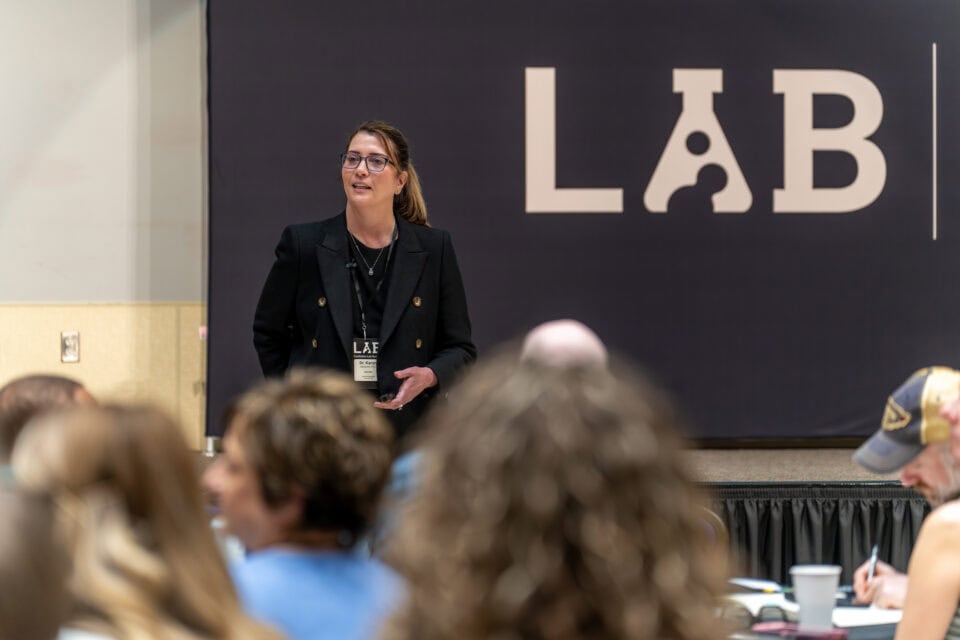
Engaging with community leaders helps businesses unlock growth opportunities, build trust, and expand their networks. These leaders provide valuable insights, foster connections, and enhance brand credibility. Businesses can engage through networking events, nonprofit partnerships, educational workshops, and policy discussions. Digital platforms also offer powerful ways to connect and amplify engagement efforts. Measuring success through brand perception, business growth, and community impact ensures long-term benefits. Strengthening local relationships drives both social impact and sustainable business success.









